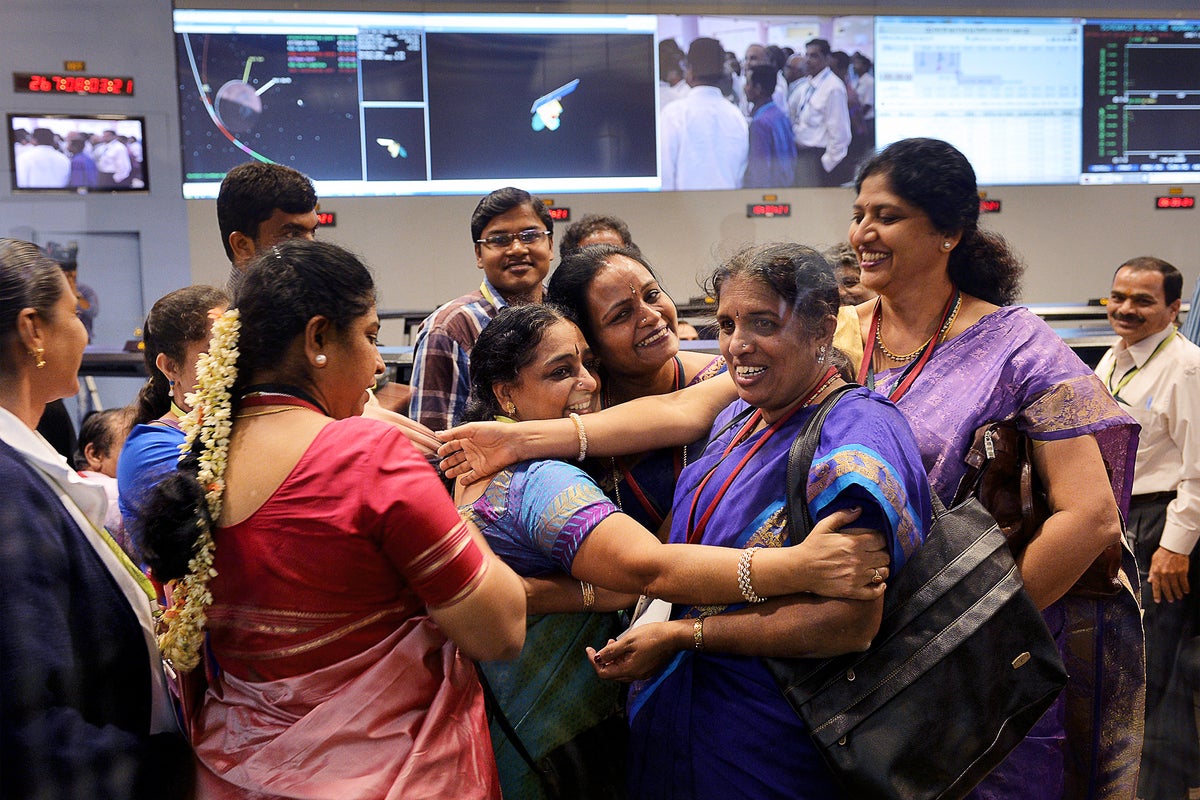MALTA?Contagion, a film released earlier this month, depicts a gruesome outbreak of an exotic and deadly new virus. In the real world, a not-so foreign infection is circulating among animals every day of every year. If it picks up just a handful of certain mutations, it could start spreading among people, with a mortality rate as high as 60 percent. What is this potent virus? The flu.
Although the 2009 pandemic of influenza A H1N1 ended up being relatively mild?killing about one in 10,000 people who came down with it?it still claimed more than 14,000 lives across the globe. The relatively low mortality rate was a relief to forecasters because the outbreak's origin in Mexico and type had taken many by surprise.
Such surprises have turned out to be one of the few constants in the virus world: "Expect the unexpected," Ab Osterhaus, a professor of virology at the Erasmus Medical Center in Rotterdam, said here Tuesday at the fourth European Scientific Working Group on Influenza (ESWI) conference.
The uncertainty factor makes global preparedness particularly challenging. And given the basic questions that remain to be answered?such as why some healthy people die of the flu and others do not?researchers are using new technologies to look for leads in victims as well as in the virus itself.
...
Although the 2009 pandemic of influenza A H1N1 ended up being relatively mild?killing about one in 10,000 people who came down with it?it still claimed more than 14,000 lives across the globe. The relatively low mortality rate was a relief to forecasters because the outbreak's origin in Mexico and type had taken many by surprise.
Such surprises have turned out to be one of the few constants in the virus world: "Expect the unexpected," Ab Osterhaus, a professor of virology at the Erasmus Medical Center in Rotterdam, said here Tuesday at the fourth European Scientific Working Group on Influenza (ESWI) conference.
The uncertainty factor makes global preparedness particularly challenging. And given the basic questions that remain to be answered?such as why some healthy people die of the flu and others do not?researchers are using new technologies to look for leads in victims as well as in the virus itself.
...


Comment